According to the ‘Sector of heavy precast concrete products in Poland 2025-2030’ report, the combined revenues of the 50 largest precast manufacturers in 2023 came to PLN 5.8 bln, with prefabricated elements accounting for 63 pct of this total. This implies that the value of the heavy precast concrete segment reached nearly PLN 3.7 bln in 2023. In 2024, the market reached approximately PLN 3.8 bln. In the coming years, an increasing share of the market will be driven by precast elements used in civil engineering projects.
Based on preliminary data, Spectis estimates that the precast market grew by around 4 pct in nominal terms in 2024, lifting its value to over PLN 3.8 bln. When compared to the total construction and assembly output generated by companies with more than nine employees, this represents a slight increase in market share from 2.3 pct to 2.4 pct. Nevertheless, this remains significantly below the record level of 3 pct reached during the highly favourable marke


























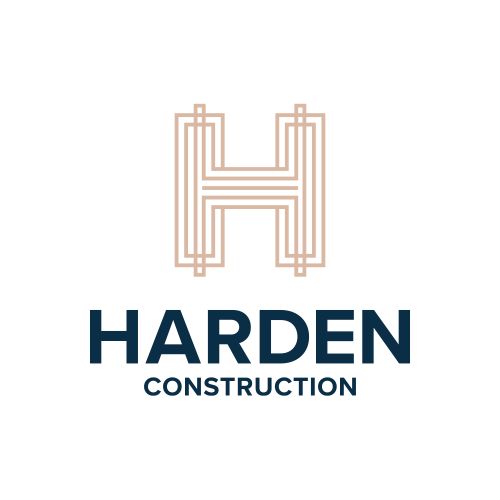




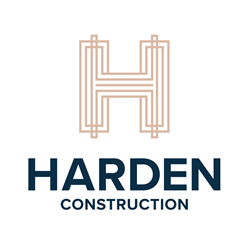


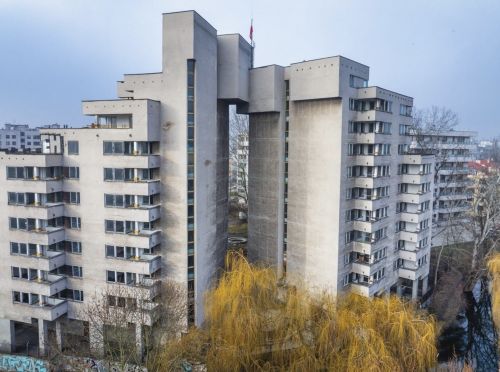
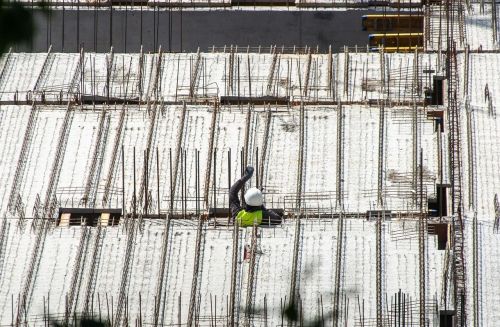










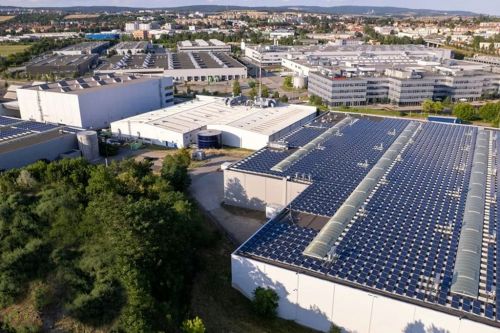





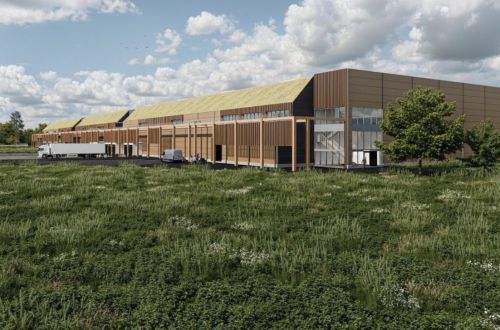


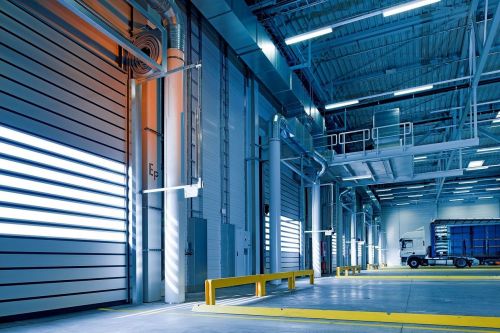








The quiet revolution in Małopolska
The quiet revolution in Małopolska
Developers across the region are increasingly favouring heat pumps and photovoltaic systems over traditional gas boilers in warehouse construction. This shift marks a growing commi ...
Axi Immo
Modular construction becomes more prominent
Modular construction becomes more prominent
After a temporary slowdown, the modular construction market in Poland continues to expand in 2025. Although the sector faces challenges such as high material costs and investment f ...
Spectis
EXPO REAL 2025: From survival mode to selective recovery
EXPO REAL 2025: From survival mode to selective recovery
This year’s EXPO REAL in Munich marked a noticeable shift in tone across industry conversations. Following a period of uncertainty and postponed investment decisions, the com ...
Axi Immo